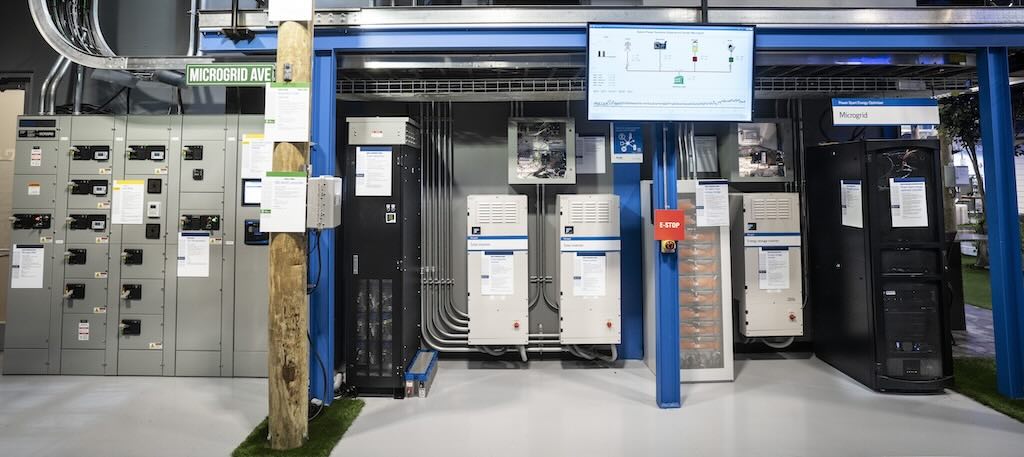The new environmental regulations impose numerous constraints on companies and have significant implications for their financial health. The energy-saving and greenhouse gas emission (GGE) reduction programs proposed by various authorities present major challenges for many organizations. The Kyoto protocol targets a 6% reduction in GGE below 1990 levels by 2012.
The new environmental regulations impose numerous constraints on companies and have significant implications for their financial health. The energy-saving and greenhouse gas emission (GGE) reduction programs proposed by various authorities present major challenges for many organizations. The Kyoto protocol targets a 6% reduction in GGE below 1990 levels by 2012. In addition, the Canadian government plans to implement a program aiming to reduce GGE by 80% below 1990 levels by 2050.
And that is only the beginning. Energy costs have increased steadily over the past 30 years. According to the U.S. Government’s Energy Information Administration (EIA), the bills for oil, natural gas, coal and electricity have increased significantly in recent years.
The electricity bill accounts for 20% to 40% of the total operating costs of aluminium smelters, and an average of 30% in the field of water management. Another example: energy is the number one operating cost in data centers. In fact, almost 2% of the electricity produced in the U.S. is used to power server rooms, some of which consume more electricity than a city with 100,000 inhabitants.
These are excellent reasons to add an “energy cost” line-item to the financial report of companies. But, above all, it is important to implement measures ensuring efficient energy management. This will have a beneficial impact — not only on the environment but also on company finances. And these advantages will be recurrent, year after year.
Success at Kodak
Kodak offers an excellent example of the contribution that performance management infrastructures can make to energy efficiency. The company launched a project to reduce energy costs at Kodak Park, its vast manufacturing site in Rochester, NY. The park had two power plants, 150 buildings, more than 1,200 distribution meters and more than 11,000 employees. Energy production was monitored by a disparate group of building automation and control systems.
Kodak’s energy initiative aimed to improve demand-side management so as to reduce production costs and optimize generation assets. For its overall production processes, Kodak already used OSIsoft’s PI performance management infrastructure, so this tool was also used for the new project. It served to collect, unify, archive and methodically process data as well as disseminate information via a portal.
Key problems were identified: the simultaneous start-up of equipment generating brief periods of high energy demand, inadequate training of operators, lack of cohesion between departments and lack of management of lighting and heating. The initiative established a real-time correlation between energy production and consumption, making it possible to better distribute consumption among units, buildings and sectors.
In the end, one of the two power plants was closed, and, overall, the company saved millions of dollars. The project’s return on investment was 24 months.
Of course, the performance management system was not solely responsible for the project’s success. But the dissemination of information made it possible to place relevant data at the disposal of all employees. The company’s leaders believe this promoted a culture of sound management and energy savings. The increased awareness of every single employee through having a real-time view of the energy cost of operations resulted in changes being made.
Other key factors in the success of any energy management project include the full support and cooperation of senior management; the appointment of a person directly responsible for energy management; the maintenance of good relationships with technology suppliers and a good understanding of the field; value being placed on energy management alongside production and quality; a corporate culture promoting continuous improvement; and the establishment of simple, achievable goals. Overall, visionary companies maintain that an energy management project requires a long-term vision with returns on investment of from two to five years — not just a few months, as with most traditional projects.
When its project was launched, Kodak had reached a point where energy management had become crucial. More and more these days, it is a vital factor with a direct impact on the financial health — and even survival — of companies. This is why it is imperative to plan energy management and collect and analyze vast quantities of data needed to ensure its success. From this perspective, an efficient performance management system is an essential tool.
| Author Information |
| Martin Jette is general manager of OSIsoft Canada. |



